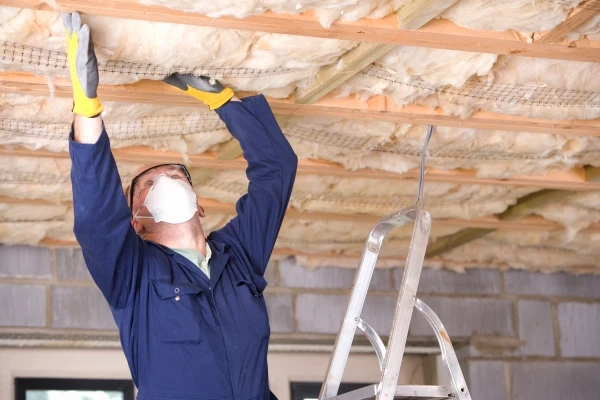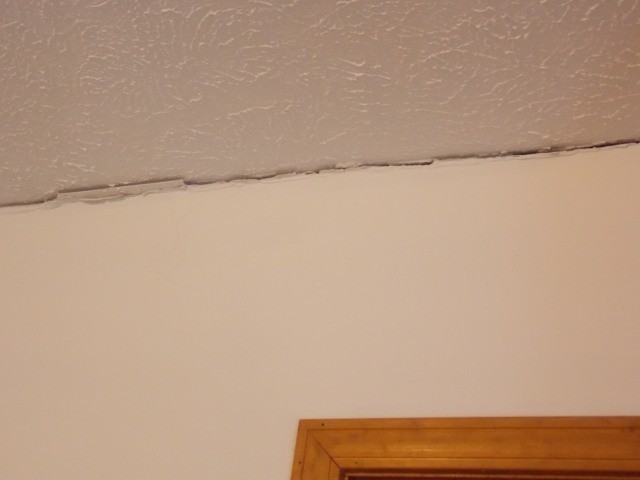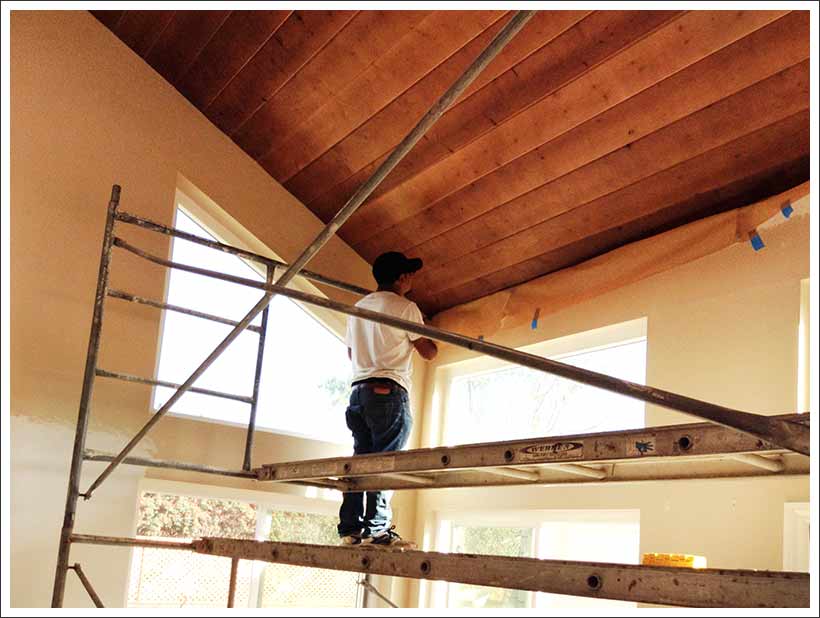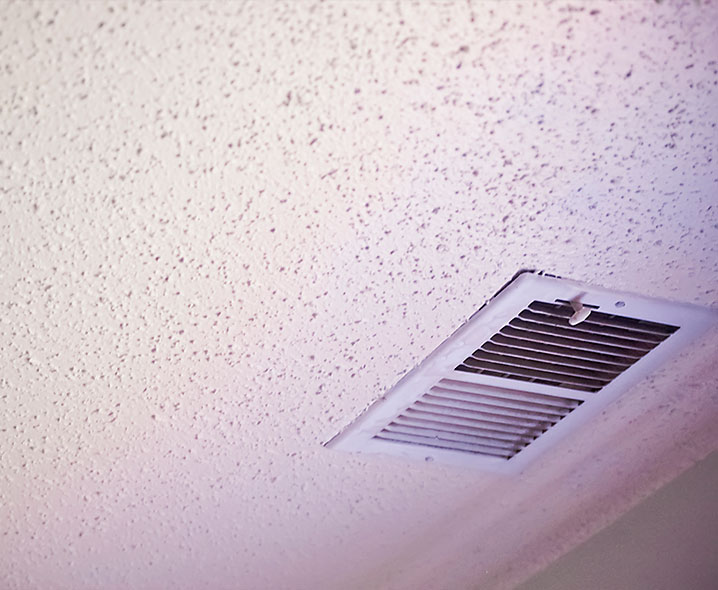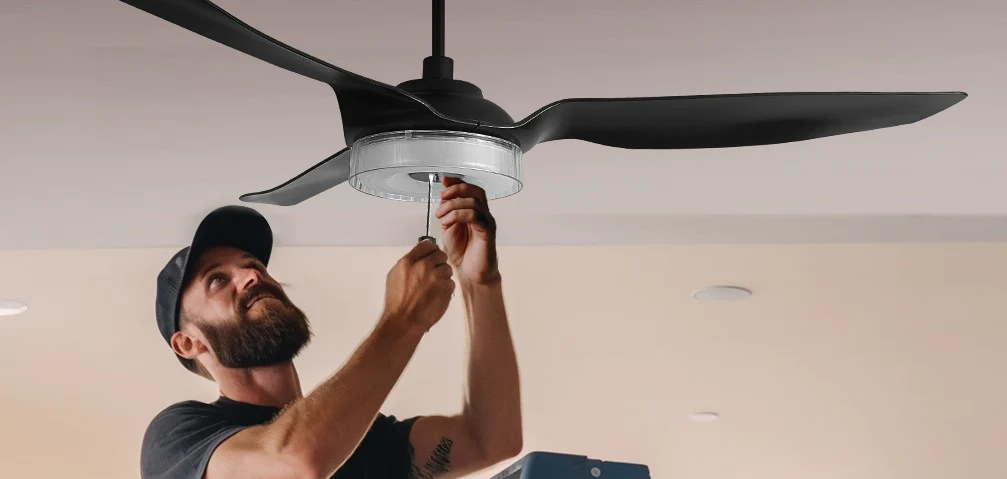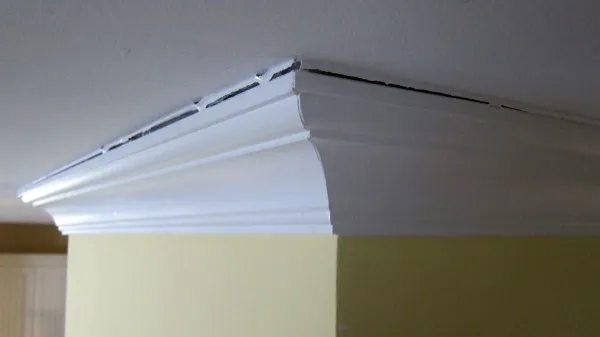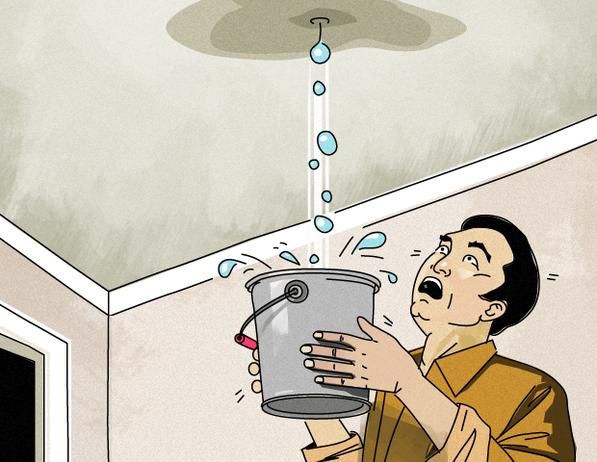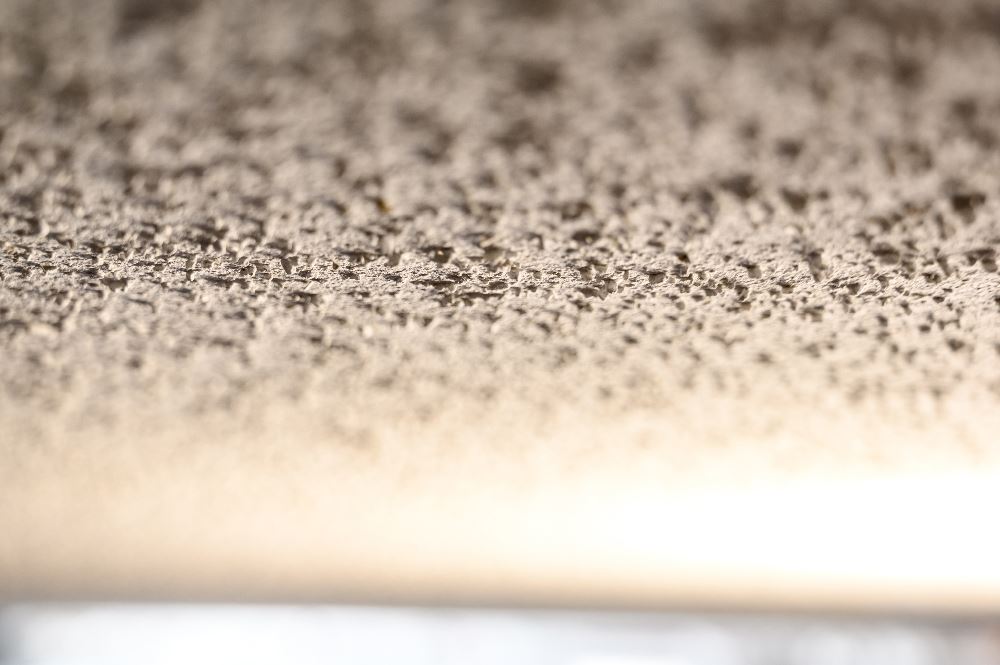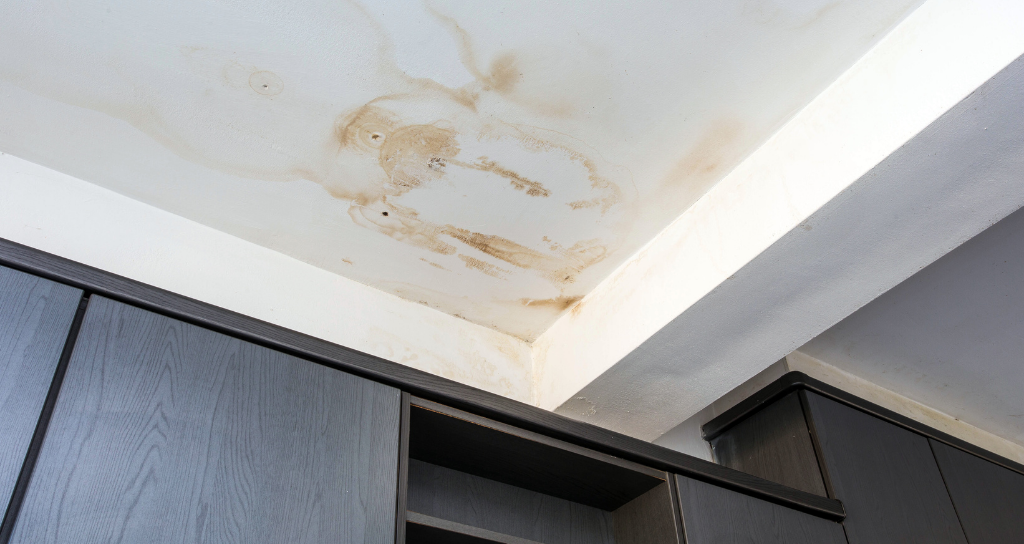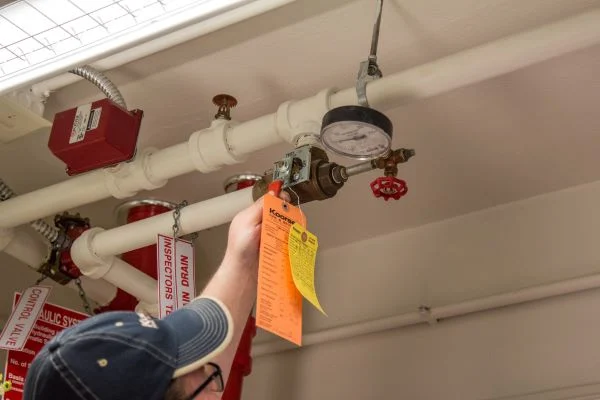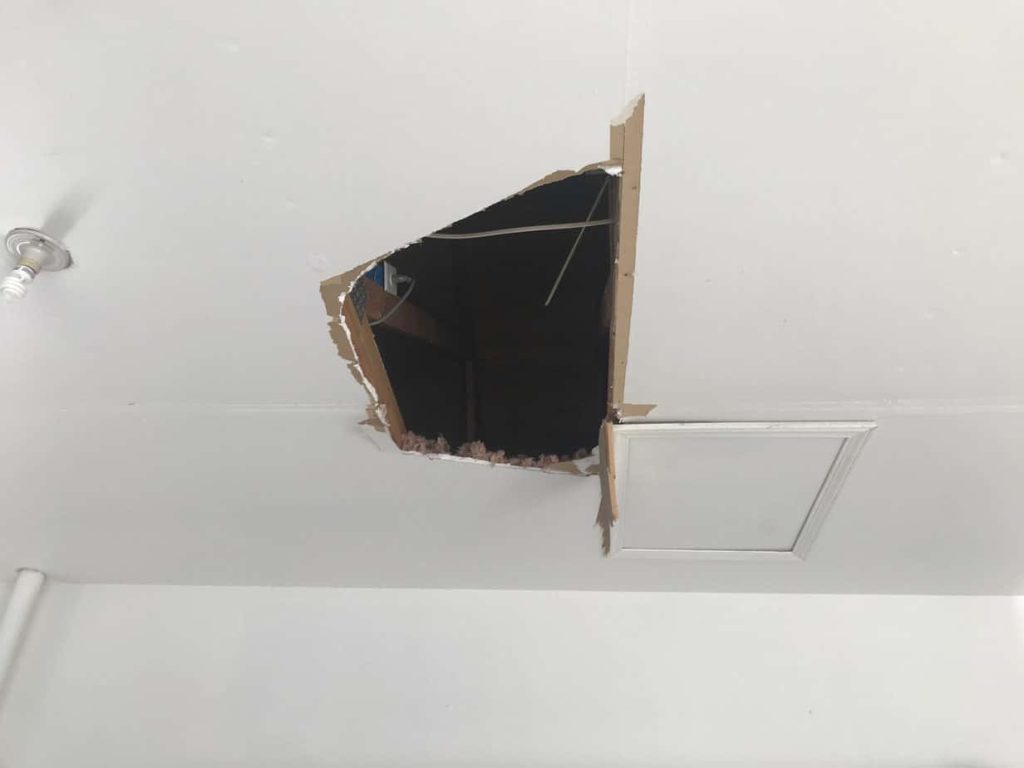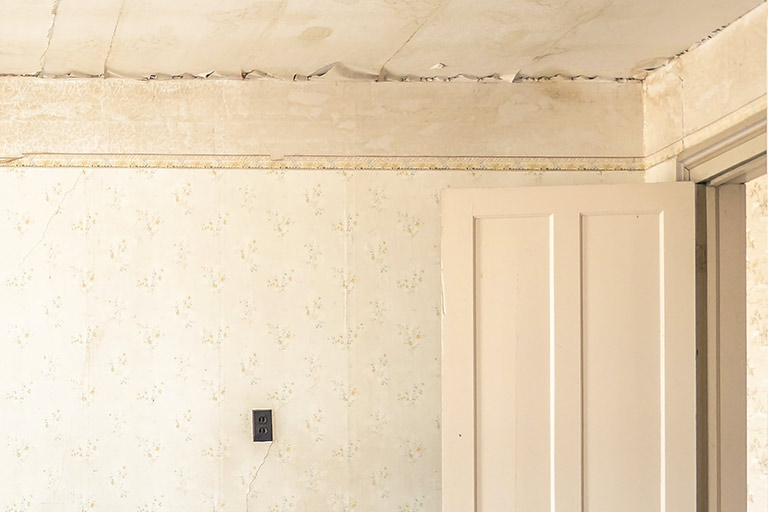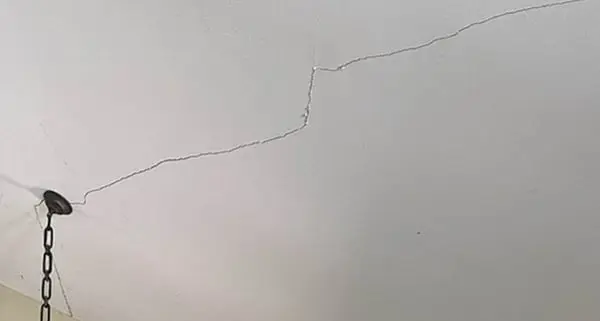Homeowners often encounter the pesky issue of drywall seam cracks in the ceiling. The question that arises is, “How do you deal with drywall seam cracks in the ceiling?” In this comprehensive guide, we will explore the causes behind these cracks, effective solutions, and preventive measures to keep your ceiling in pristine condition.
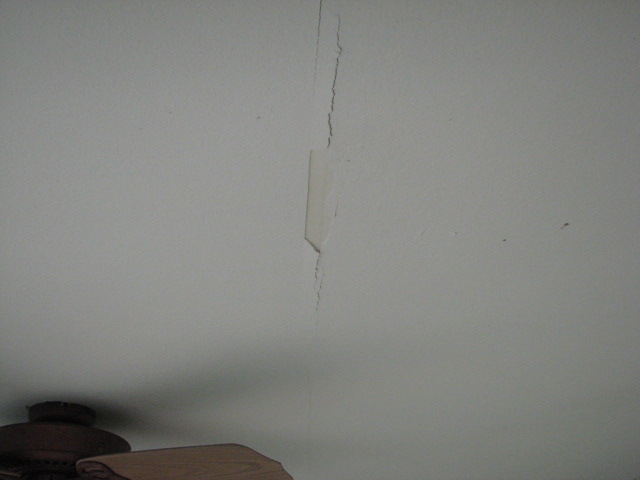
Understanding Drywall Seam Cracks in Ceiling
Drywall seam cracks in ceiling are not uncommon, and they can be a source of frustration for homeowners. These cracks typically occur at the seams where two drywall sheets meet. They may start small but can gradually worsen over time, leading to aesthetic concerns and potential structural issues.
Causes of Drywall Seam Cracks in Ceiling
- Settling of the House: Over time, houses settle, causing shifts in the foundation. These shifts can manifest as cracks in the ceiling seams.
- Humidity Changes: Fluctuations in humidity levels can impact the moisture content of the drywall, leading to expansion and contraction. This continuous movement can result in seam cracks.
- Poor Installation: Improper installation of drywall, including inadequate taping and mudding, can contribute to seam cracks over time.
- Temperature Changes: Extreme temperature changes can cause the materials in the ceiling to expand and contract, creating stress on the drywall seams.
Dealing with Drywall Seam Cracks in Ceiling: Fixes and Solutions
- Patch and Repaint: For minor cracks, patching the affected area with joint compound and repainting can provide a quick and cost-effective solution.
- Re-Taping and Mudding: In cases where the cracks are more significant, re-taping and mudding the seams may be necessary. This involves removing the damaged tape, applying new tape, and adding layers of joint compound.
- Addressing Underlying Issues: To prevent recurring cracks, it’s crucial to address any underlying issues such as foundation problems, inadequate support, or poor installation.
- Professional Assistance: In severe cases, seeking professional help is advisable. A qualified contractor can assess the extent of the damage and provide a tailored solution.
Preventing Future
- Proper Installation: Ensure that drywall is installed by professionals using proper techniques to minimize the risk of future cracks.
- Humidity Control: Maintain consistent humidity levels in your home to prevent the expansion and contraction of drywall materials.
- Regular Inspections: Periodically inspect your ceiling for any signs of cracks or damage. Addressing issues early can prevent them from worsening.
- Foundation Maintenance: Addressing foundation issues promptly can prevent settling-related cracks in the ceiling.
Read too: Help! My Ceiling Is Falling Down: Understanding Causes and Solutions for a Deteriorating Ceiling
Conclusion: A Crack-Free Future for Your Ceiling
In conclusion, understanding the causes, fixes, and prevention strategies for drywall seam cracks in the ceiling is essential for maintaining the structural integrity and aesthetics of your home. Whether you opt for DIY solutions or seek professional assistance, addressing the issue promptly can save you from more extensive repairs in the long run.
Don’t let drywall seam cracks be a cause of stress. Equip yourself with the knowledge to tackle this common issue and ensure a crack-free and visually appealing ceiling for years to come.
